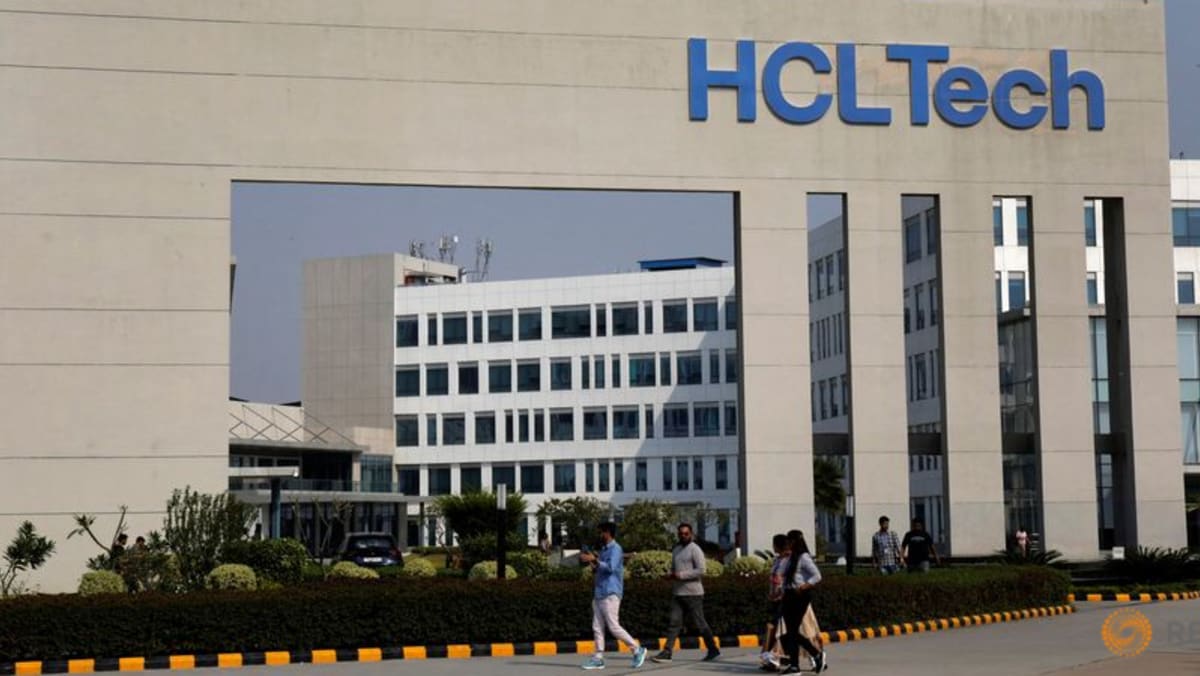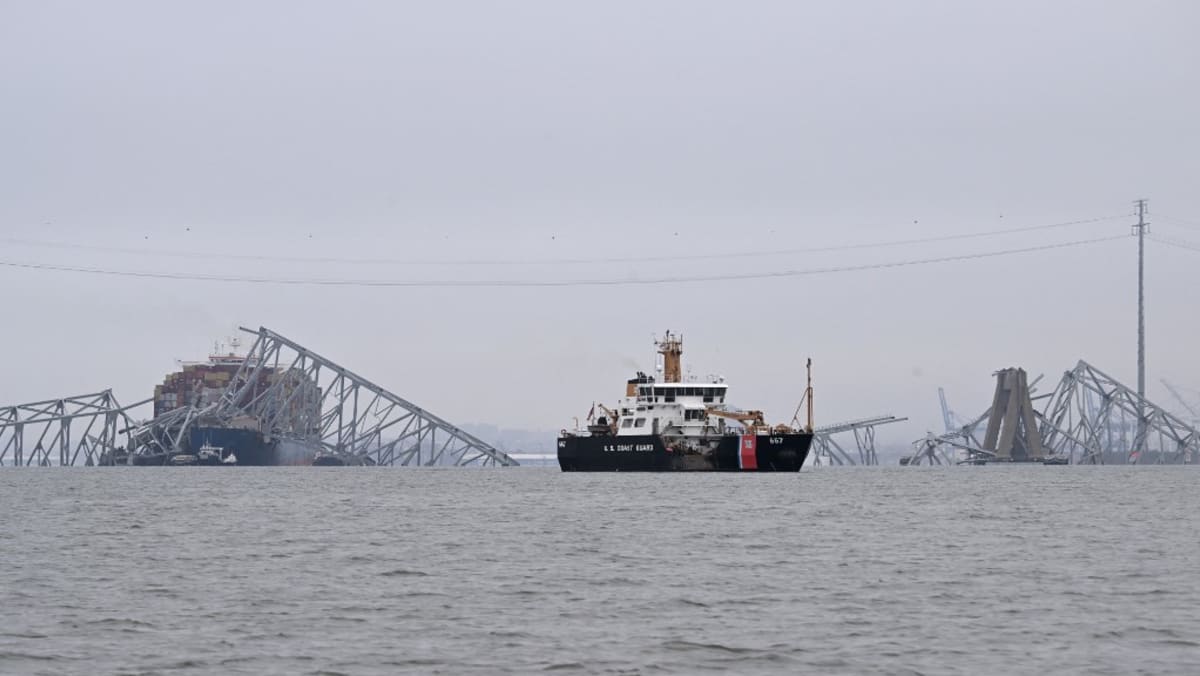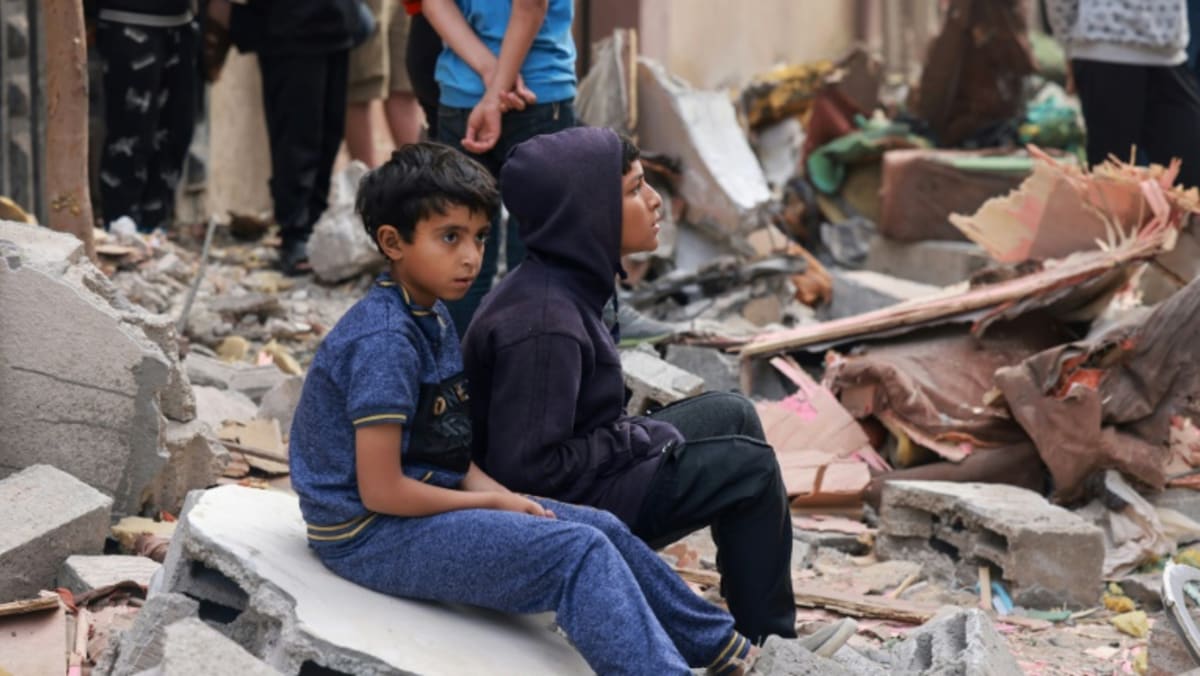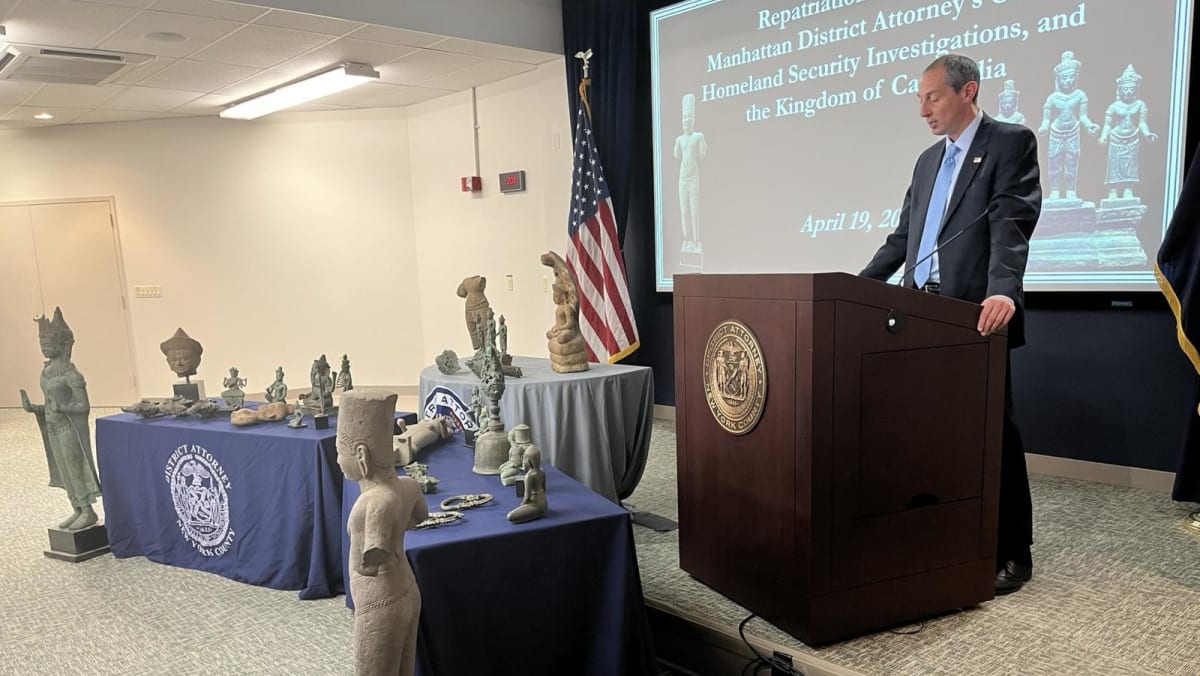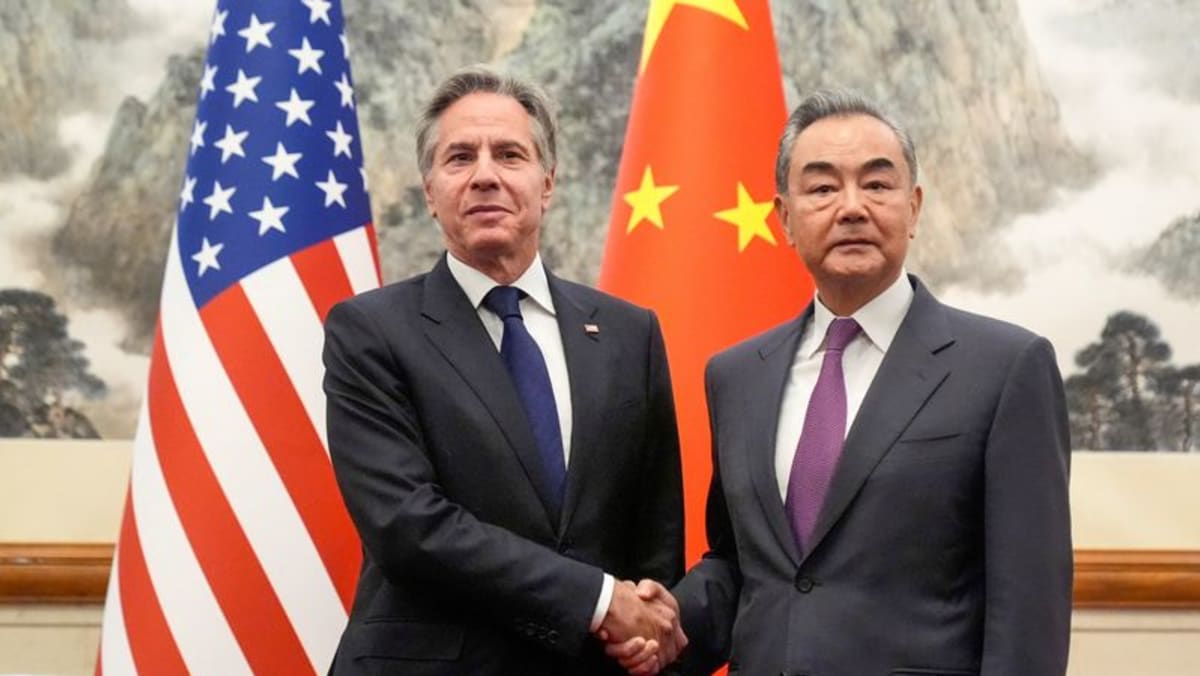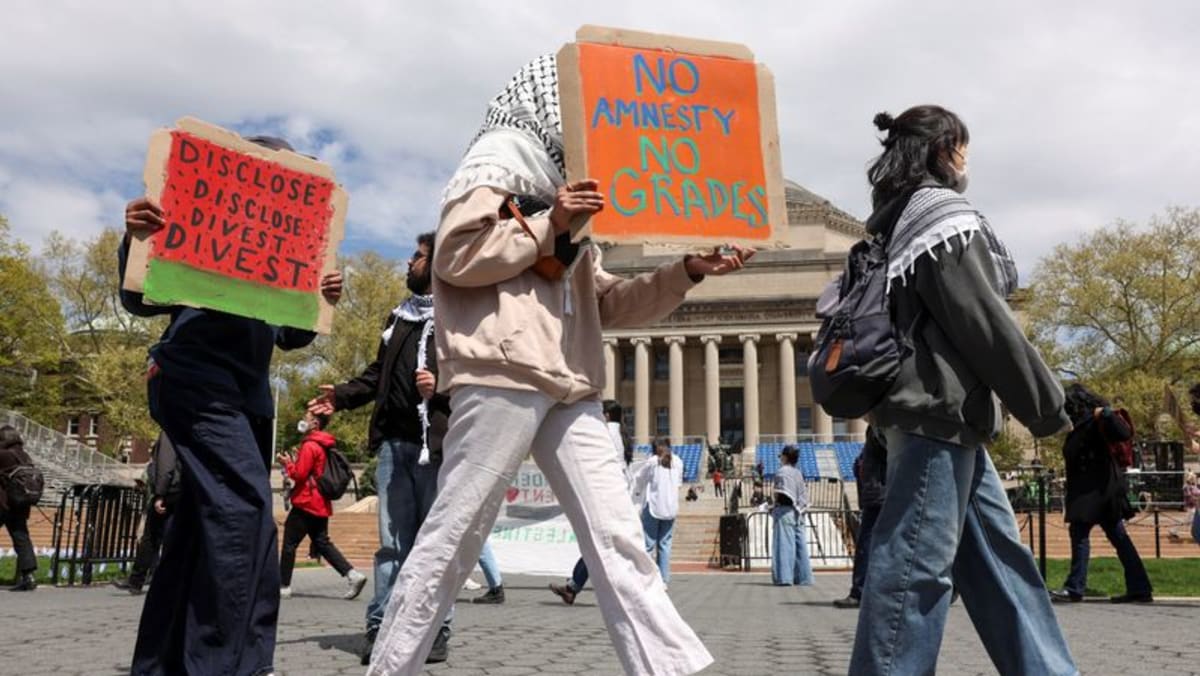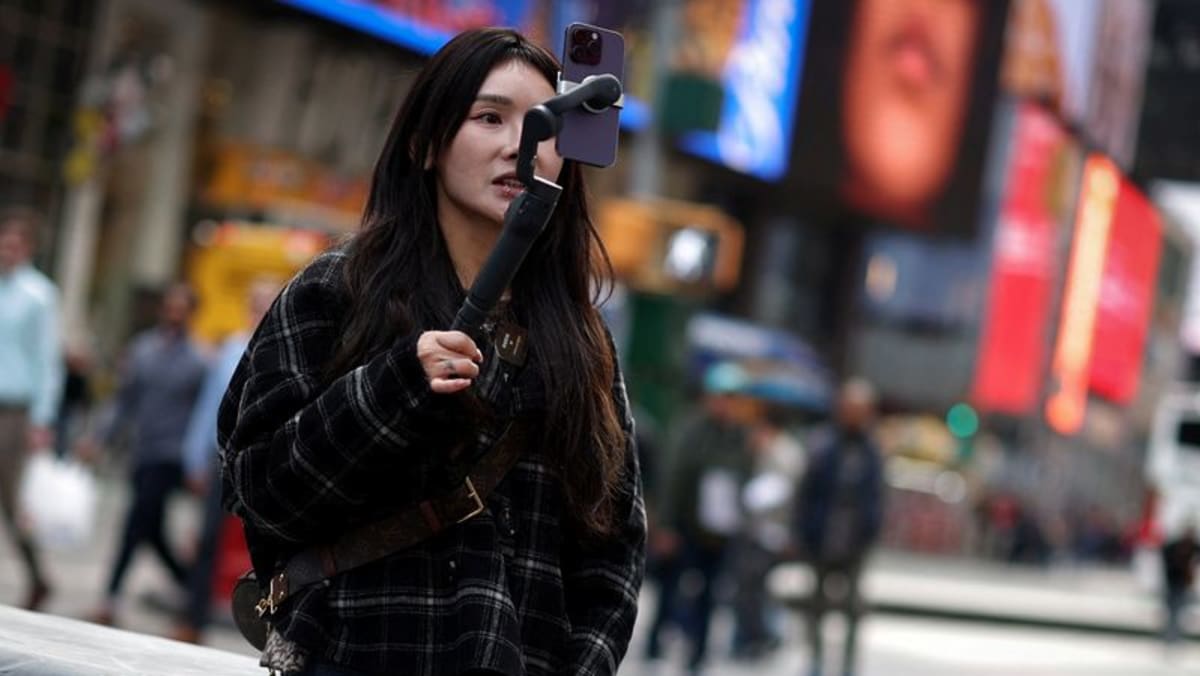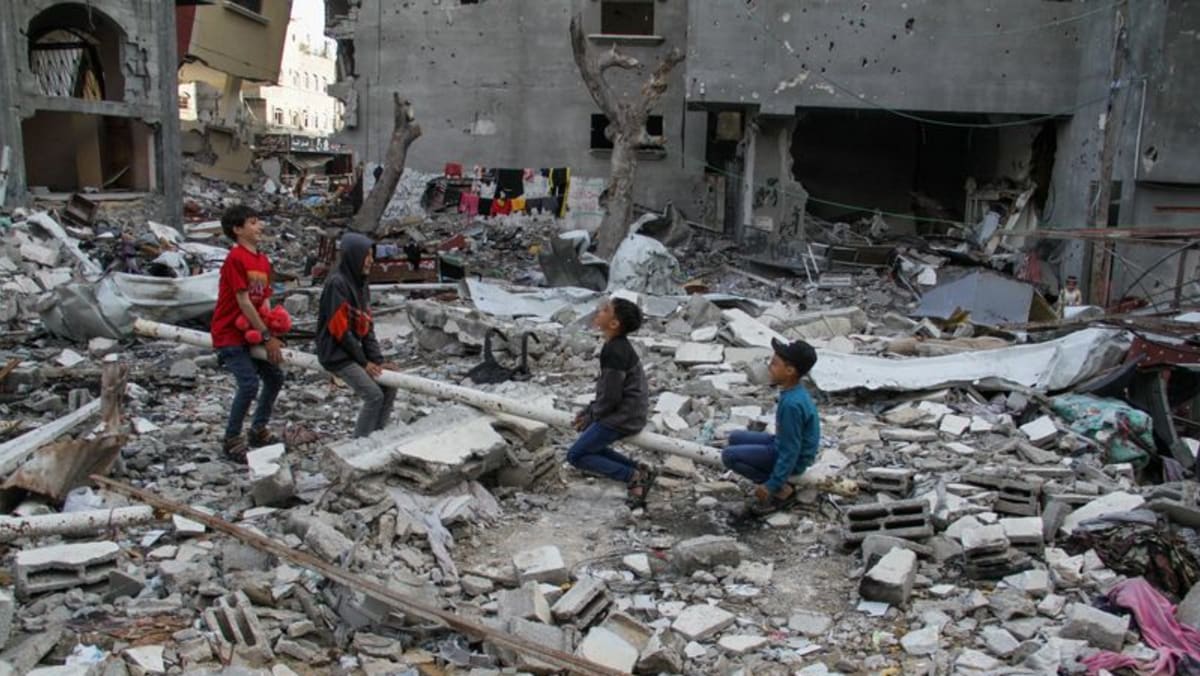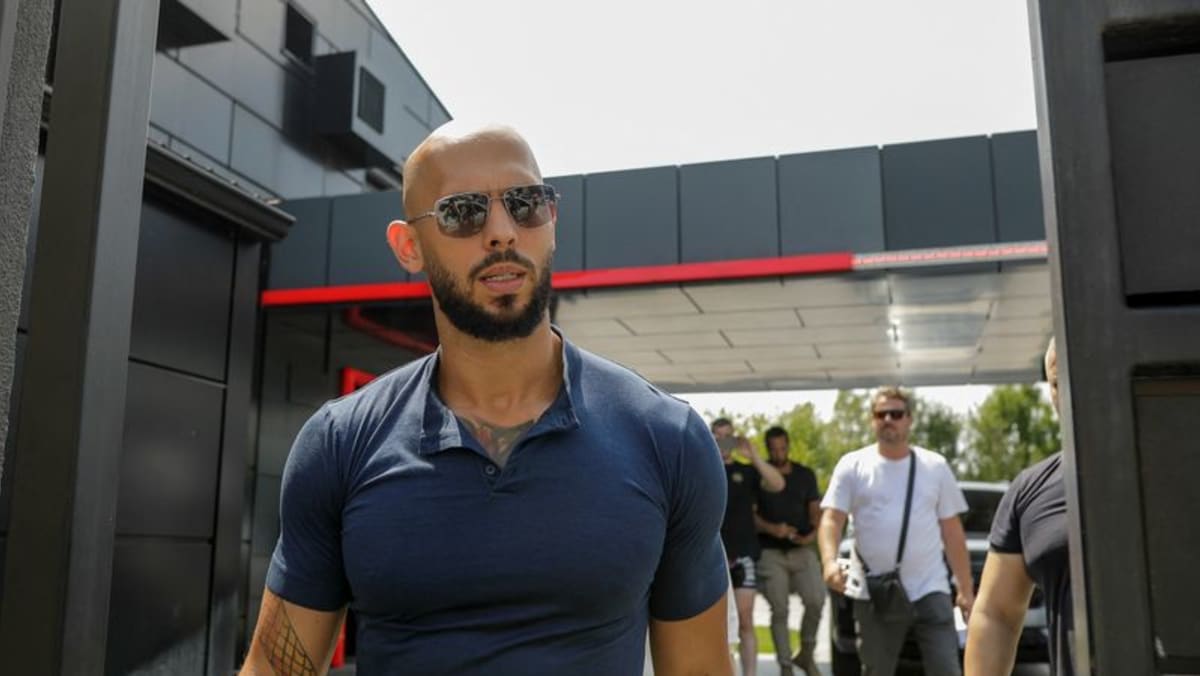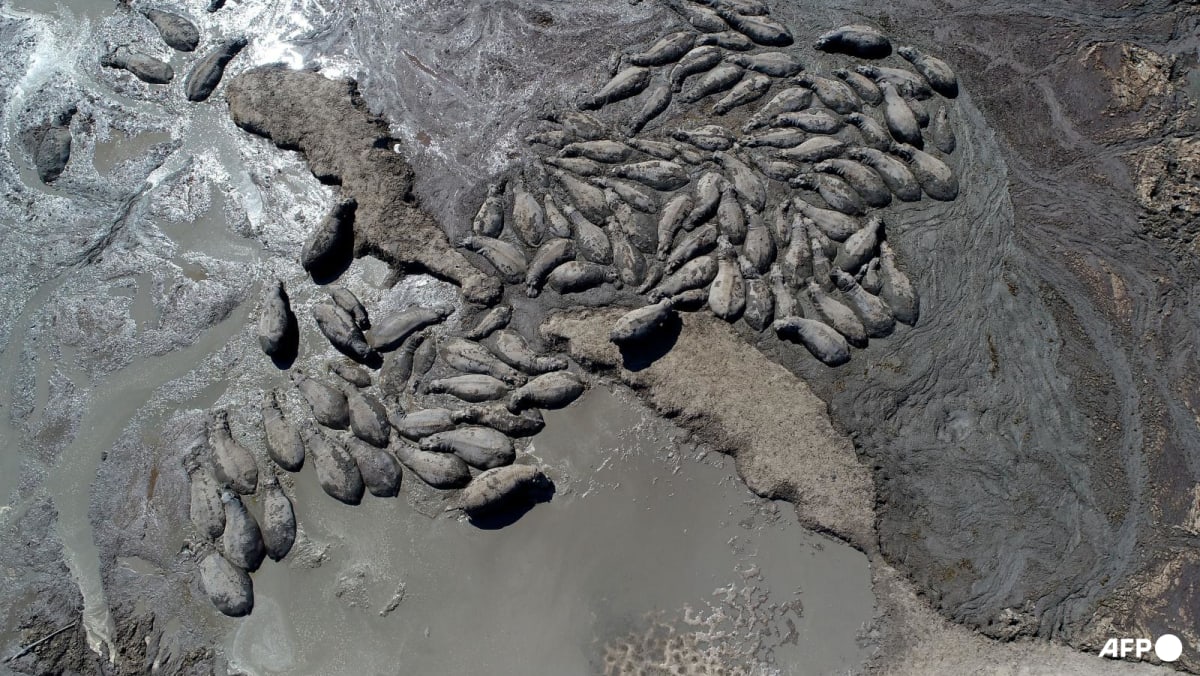What will be the focus of the investigation?
One of the most important questions as a matter of law was how close the ship was to the bridge when the power failures occurred, said Prof Davies, adding that another question is to what extent this affected the ship’s ability to steer.
“They will be speaking to the members of the ship’s bridge – that’s the bridge on the ship, not the bridge that they hit – the crew who were on the bridge, the pilots … There will be many, many interviews of those people to try and discern as well as seeing the digital data that they have to what extent it was possible to steer the vessel at all if at all,” he said.
Assoc Prof Low said that the investigation can take up to a year, adding that such investigations are typically very complex.
How important are the issues reported following inspection?
Addressing reports that the vessel was inspected last year at a Chilean port and was found to have deficiencies, and also that ships belonging to the owner of the Dali have been flagged in the past for labour violations, Prof Davies said that these “will not be quite as significant as perhaps they sound”.
“The safety inspections for ships are very rigorous in most parts of the world,” he said.
“So, it’s not all that unusual that the Dali encountered this issue in Chile. But clearly, it’s relevant that the ship has encountered some inspection problems previously.”
What could possibly help in future?
If there is any procedure that could improve the process of massive vessels entering and leaving major ports, it would be ensuring that a tugboat accompanies vessels until they pass critical infrastructure, said Assoc Prof Low.
“If there’s a loss of power, the tugboat will be able to control the vessel, so they’ll still be able to move the vessel in the correct direction rather than total loss of control,” he said.
